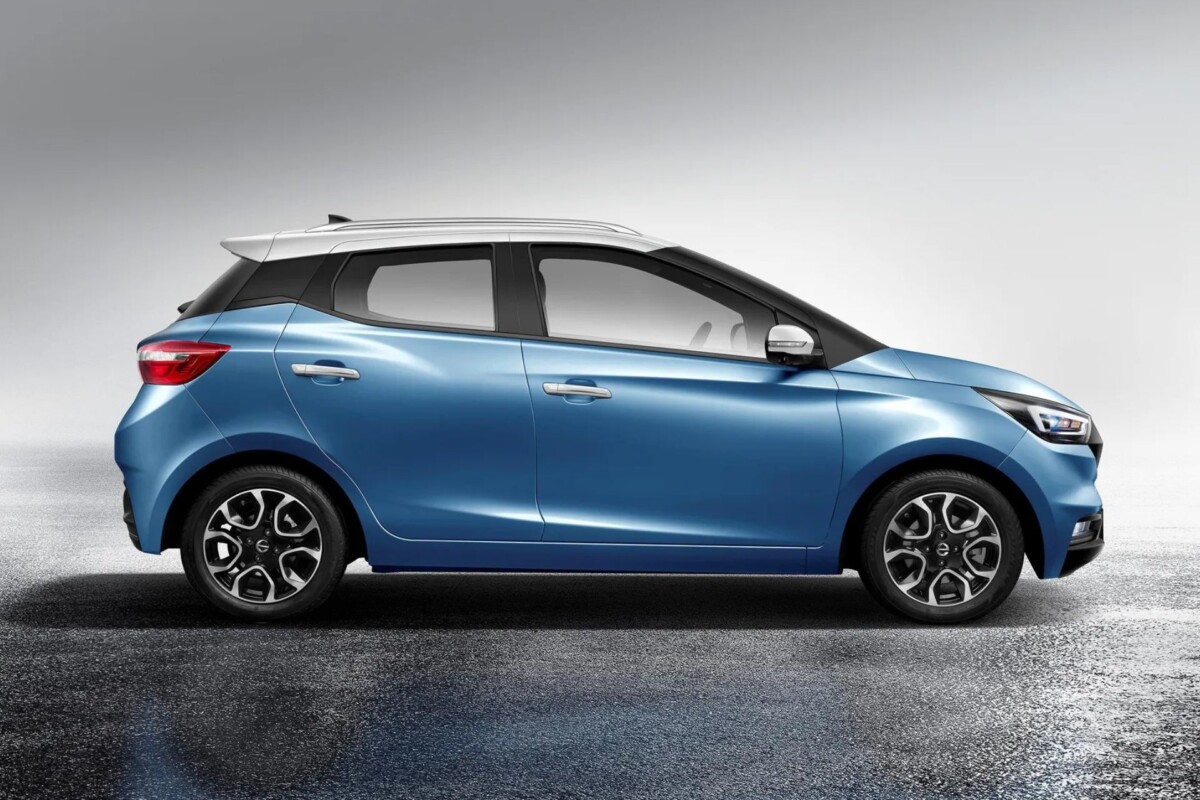After the Chinese brand Sihao, it’s Renault’s turn to start producing sodium batteries, without lithium. For this, the French firm is working hand in hand with its Chinese partner Farasis Energy to equip a first electric car, the new EV3.
After that of the prices declared by Tesla, it is another war which opposes many manufacturers: that of the batteries. Indeed, while many specialists are worried about a possible shortage of lithium in the future, brands are now working on the development of new alternatives. Among them, the sodium battery, which is of great interest to the various players in the automotive industry.
Renault gets involved
A few days ago, the Chinese brand Sihao, owned by the JAC group (Anhui Jianghuai Automobile Group Corp) of which Volkswagen is a part, announced the arrival of a new version of its Flower Fairy city car equipped with a sodium battery. A major step forward thanks to supplier Hina Batterywhile the car becomes the first in the world to be equipped with this technology. But that shouldn’t last very long.
Indeed, it is now the turn of another Chinese company, Jiangling Motors Electric Vehicle (JMEV) to announce that it is also ready to equip one of its cars with a lithium-free battery, as the site explains Yicai Global. If you do not know this brand, it is quite normal, because it is only present in China. And you probably didn’t know it, but it belongs to the Renault group.

Which means that the French manufacturer is therefore one of the first to offer this type of technology. If it is not yet present on a production vehicle, it should not take too long. Indeed, and as the site explains Electricity, the supplier Farasis Energy has announced that it has already converted certain production lines at its plant in Ganzhou, China, to produce these accumulators. Thus, the first will be implanted on the compact EV3.
Totally unknown in Europe, the electric car sold by the Chinese company JMEV should therefore begin series production with these new batteries by end of june. Already present in the manufacturer’s catalog, it is currently offered with an electric motor with a power of 35 kW (47 hp) and a 32 kWh battery. As shown on the brand’s website, it comes with full equipment, including 360 degree vision and blind spot detection.
A real asset
Last August, Farasis Energy also announced its ambition to build a new factory in Ganzhou as well, which would be able to produce up to 30 GWh per year. By comparison, the recently commissioned CATL site in Europe plans to produce 14 GWH each year, while Tesla plans 100 GWH at its Gigafactory in Berlin, or even 250 after its expansion.
For the moment, the company has not yet given all the technical details about this new Na-ion battery, but the journalists ofClean Automotive announce that this one displays a capacity of 32 kWh. Thus, the 3.70 meter long city car will be able to travel up to 302 kilometers on a single charge. This is probably the Chinese CLTC cycle, much more optimistic than our WLTP which should give about 256 kilometers.


If nothing has yet been announced, it is quite likely that this technology will be exported to Europe and that it will equip certain models of the Renault group, including the Dacia Spring or the future electric R5.
A battery to reduce the price of electric cars
Especially since it has many advantages, starting with a lower cost due to the absence of lithium, the price of which tends to increase. Thus, it will be possible to offer larger batteries, while the only solution currently envisaged to reduce the price of cars is to offer smaller packs.
Whether the stored energy density is less important than in an LFP (lithium-iron-phosphate) battery, this technology better withstands rapid and repeated charges. This is consistent with the development of the network of fast charging stations, especially since it is no longer relevant to have a car with too much autonomy. Finally, the sodium batteries are also more resistant to colda real asset when you know that it has a negative impact on charging speed and autonomy.
Do you use Google News (News in France)? You can follow your favorite media. Follow Frandroid on Google News (and Numerama).
